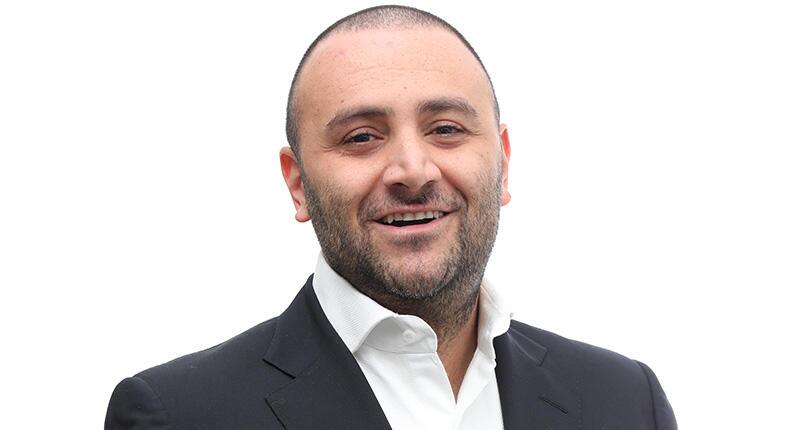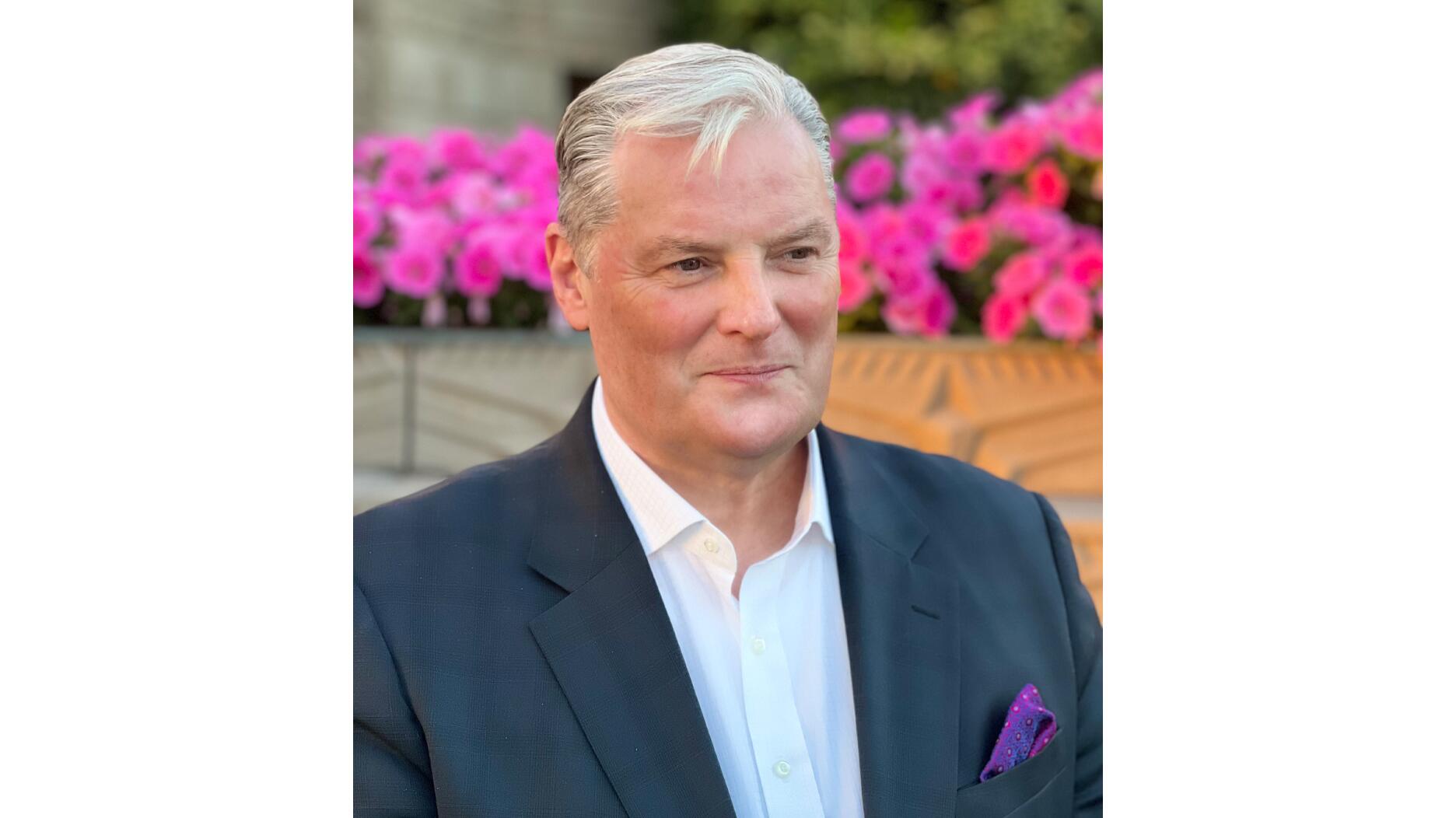The ‘Up System’ in Retail: Foolish or Fair?
Does having salespeople take turns waiting on customers make sense for jewelers, their employees, or their customers? Peter Smith opines.

If I was so inclined, my consulting business for suppliers and retailers could exist on a diet of phone calls, emails, and Teams calls.
However, I’d rather give up my first born (sorry, Ronan, someone’s gotta take one for the team!) than commit to a life spent in an office, without visiting customers.
You have to go to the source and breathe the oxygen on the front lines. There is no substitute for engaging with retail sales personnel in person, hearing about their challenges and issues, and observing the way they go about their business, be it good or bad.
I was reminded of this last week when, after I had completed my Sales Masterclass, a conversation ensued about the “Up System,” the practice of having all available salespeople take turns engaging with visiting customers.
If you, for example, have five salespeople, each salesperson has the opportunity to engage with every fifth customer, sort of like the Golden State Warriors having Steph Curry taking every fifth shot, or Kansas City Chiefs quarterback Patrick Mahomes taking every 11th snap.
OK, I confess to indulging in hyperbole there, but just a little.
A comment from a salesperson really got me thinking about how misunderstood the Up System is. He said, “We do it because it’s the fair thing to do!”
But who is it fair to? Is it fair to the business? Is it fair to the most talented salespeople? Is it fair to the least talented salespeople?
And, most importantly, is it fair to the customers?
In this case, the salesperson believed it was fair because he is fundamentally a decent man. His empathy was on full display, and I sensed a real sincerity in his sentiment.
Most of us can relate to the basic premise of fairness. We like an environment where our salespeople feel happy, where Pandora is always playing our favorite songs, and where the scent of baking chocolate-chip cookies constantly invigorates our olfactory senses. Alas…
Let’s examine the four questions.
1) Is it fair to the business?
If you believe your business exists for reasons unrelated to commerce, please stop reading now. The rest of this column will do nothing to make you feel good about me or you, and it is highly unlikely that my rationale will change your view that you are either a museum, or a benevolent charity.
The rest of you should read on.
Businesses exist to do business. For clarity’s sake, that means profitable sales. It’s what enables us to pay staff, pay vendors, keep the lights on, pay the rent or mortgage, market the business, and pay our taxes. It is, at its most fundamental level, the stuff that fuels a business’ very existence.
It should not be “fairness” that dictates our sales infrastructure, but what gives the business the very best opportunity for success.
However well-intentioned, any system that conspires to relegate the most talented salespeople to an equal footing with the least talented salespeople is not fair to the business. It is reductive and counterintuitive.
If you have traditionally deployed the Up System, look at your historic sales results. Are they equal across all salespeople, or are certain people consistently performing at a higher level, and others consistently underperforming despite the Up System?
That difference is talent, and those top performers are operating at that level despite your best efforts at leveling the playing field.
2) Is it fair to the most talented salespeople?
For clarity, the most talented salespeople are the folks who sell the most on a consistent basis year in and year out. They are the most productive people on your team regardless of your compensation plan or your stance on using the Up System.
They are the people you rely on most to deliver results when you’re having a tough week or month.
When you sit down to sketch out your goals forecast, they carry the biggest chunks of it and they overdeliver time and again.
In a world of declining foot traffic, your best salespeople drive more customers into the store through their own outreach efforts and they convert more of them at a higher average ticket than their less accomplished colleagues.
When the going gets tough, they willingly accept the pressure to make sales happen and to pull the proverbial rabbit from the hat.
They are intrinsically motivated to sell, and they fundamentally believe the customer is better off for having done business with them.
To paraphrase Apple’s Tim Cook, the most talented salespeople believe their role is to give you something you didn’t think you needed and then, having purchased it, you wonder how you ever lived without it.
3) Is it fair to the least talented salespeople?
The least talented salespeople, at best, are motivated by a desire to serve, not sell. Sales are, for too many of them, nice to have but ultimately secondary to delivering pleasant service and interesting (to them at least) product information.
They believe the customer will tell them if he or she wants to buy (no need to be pushy) and you could build monuments to memorialize the number of customers who tell them they will “be back” after a lovely interaction and, of course, never return.
No one can give a salesperson the motivation to be successful in sales and there is a very good reason why your least talented salespeople consistently underperform their colleagues. If you put pressure on them to perform (you know, sell stuff), they are ill-equipped to deal with that kind of burden.
If you don’t believe me, post your sales results in your backroom and watch how your lowest performers react. You’ll have introduced a level of stress and anxiety they will have great difficulty coping with.
Just as sports teams and bands need different kinds of players, sales teams need different personalities to make the whole greater than the sum of its parts. But at the end of the day, they all need to be in the correct position.
There’s a reason coaches don’t ask linemen to play quarterback, or bands don’t ask their bass player to play lead guitar.
4) Is it fair to your customers?
Psychologists believe we’re only aware of 5 percent of our cognitive function, and yet we see far too many salespeople and business owners believing that it’s all about what the customer tells us.
Customers are under no obligation to tell you what they want, when they want it, or how much they want to spend. They may not even know that they want to spend money until we unlock that desire.
In “The New Rules of Retail,” Robin Lewis and Michael Dart wrote, “The most important moment in retailing is the moment when a customer’s dream can be tipped into reality—the moment of purchase.”
The dopamine rush customers get from buying beautiful jewelry is the best measure of customer satisfaction. The most talented salespeople possess the skill to consistently unlock that deep-rooted, and often unconscious, desire.
We should reduce their cognitive load by cutting back on taxing questions and meaningless product information and, instead, connecting with them emotionally. That requires deploying your most talented salespeople at every opportunity.
Be clear about your expectations for your entire sales team and make no apology for facilitating a process that puts your best people in front of customers more often than your weaker salespeople.
The former will thank you for it, your customers will thank you for it, it is the right thing to do for your business, and you will have removed some of the performance stress for the folks on your team not best equipped to consistently deliver results.
Happy retailing!
The Latest

Set in a Tiffany & Co. necklace, it sold for $4.2 million, the highest price and price per carat paid for a Paraíba tourmaline at auction.

The jeweler’s “Deep Freeze” display showcases its iconic jewelry designs frozen in a vintage icebox.

Take luxury gifting to new heights this holiday season with the jeweler’s showstopping 12-carat sphene ring.

How Jewelers of America’s 20 Under 40 are leading to ensure a brighter future for the jewelry industry.

This year's theme is “Unveiling the Depths of the Ocean.”


In its annual report, Pinterest noted an increase in searches for brooches, heirloom jewelry, and ‘80s luxury.

Starting Jan. 1, customers can request the service for opal, peridot, and demantoid garnet.

Roseco’s 704-page catalog showcases new lab-grown diamonds, findings, tools & more—available in print or interactive digital editions.

The 111-year-old retailer celebrated the opening of its new location in Salem, New Hampshire, which is its third store in the state.

The new catalog features its most popular chains as well as new styles.

The filmmaker’s personal F.P. Journe “FFC” prototype was the star of Phillips’ recent record-setting watch auction in New York.

The new location in the Design District pays homage to Miami’s Art Deco heritage and its connection to the ocean.

Inflations, tariffs, and politics—including the government shutdown—were among consumers’ top concerns last month.

“Longtime favorite” presenters, as well as first-time speakers, will lead talks and workshops at the annual event in Tucson next year.

Silas Smith of Meridian Metalworks won the challenge with his pendant that blends Australian and American landscapes.

The sale of the 31.68-carat, sunset-hued stone was part of Sotheby’s first series of events and auctions in Abu Dhabi.

The collection features characters and motifs from Ukrainian folklore, including an enchanted mirror and a magic egg.

MatrixGold 3.11, the newest version of the jewelry design program, offers more flexibility, precision, and creative control.

The pavilion will be part of the 2026 JA New York Spring show, scheduled for March 15 to 17.

Kadet, a 1994 National Jeweler Retailer Hall of Fame inductee, helped grow the family-owned retailer in the Chicago area and beyond.

Billed as the world’s smallest wearable, Lumia Health’s new smart earrings have a health tracker subtly embedded in the back.

Don’t let those with December birthdays feel blue. Help them celebrate their month with blue zircon, turquoise, and tanzanite.

The new pink sapphire version of the piece dances with its wearer in the brand’s “Icons After Dark” holiday campaign.

A choice that’s generated a lot of commentary, Pantone says “Cloud Dancer” marks a fresh start and encourages relaxation and creativity.

The manufacturer’s holiday campaign features a gift guide filled with trending designs and jewelry that can be personalized.

The man was charged with theft, accused of ingesting the necklace while in a jewelry store in Auckland, New Zealand.

The Florida independent expanded its store from 8,000 to 14,000 square feet, fulfilling the vision of its late co-founder, Jim Dunn.





























